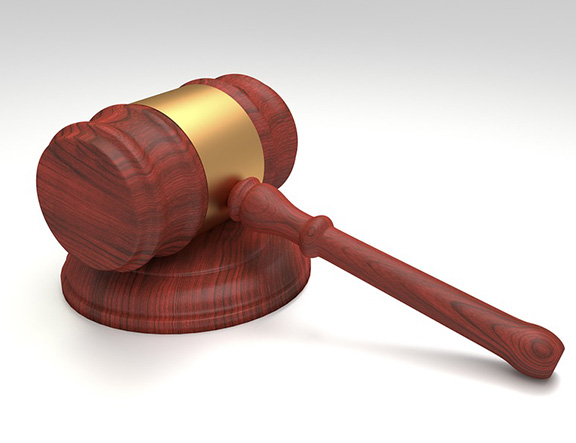Oklahoma’s Trademarked Material Contributing To Sooners’ Self-Sustained Athletic Department
http://www.oudaily.com/news/2011/oct/04/boomer-sooner-emblem-brings-green/
Licensing, the process regulating the use of OU trademarked material on merchandise, contributes to OU’s self-sustaining athletic department by contributing part of the $7 million athletics gives back to the university.
Licensing director Renata Hayes said licensing is important to monitor how OU’s trademarks are being used. The purpose of licensing is to make sure items produced are consistent and in line with the university’s style guide.
Another reason to license is to make money because producers are willing to pay to use OU logos.
The Oklahoma Department of Intercollegiate Athletics’ annual report showed athletics generated a gross revenue of about $93.7 million, of which $3.7 million was from licensing. The revenue is then pooled and distributed, Hayes said. Last year, about $7 million of the total athletic revenue was given back to the university.
The licensing process requires any person or organization printing merchandise with various OU trademarks to request permission through the marketing department.
These trademarks include the interlocking OU, the word “Sooners” and other images and words listed on SoonerSports.com.
To be licensed, student organizations first must fill out a form about the club and the vendor they are using for printing a product.
After the form is submitted, marketing may approve, change or reject the design.
Hayes said marketing approves four types of licenses:
• The largest category is the standard license agreement, including 325 to 330 larger, out-of-state companies that produce OU material such as Nike Inc.
• More than 100 licensees not interested in mass production participate in OU’s in-house crafter’s program.
• Between 25 to 30 local companies also receive licenses to distribute merchandise in Oklahoma.
• The internal campus supplier license is more commonly seen on campus, Hayes said, because it includes about 25 organizations such as clubs, fraternities and sororities.
Men’s soccer club president Chris Jones, science education senior, said the process wasn’t complicated.
However, the club found hurdles when it ordered gear from a company in Texas, which caused logo approval from OU’s marketing officials to stall, Jones said.
Embroidery paperwork then took OU more time to process, he said, because the gear had to be sent to an approved company.
“It took a while to get all the paperwork done and start the process,” Jones said.







